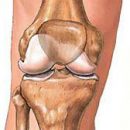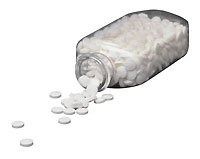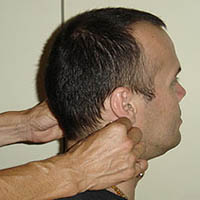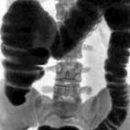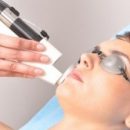How is the treatment of aseptic necrosis? Can a conservative treatment? Answers to these questions you will find in the article.
Content
Treatment of aseptic necrosis
Treatment of aseptic necrosis is extremely inefficient. Conservative treatment using numerous methods of physiotherapy is essentially symptomatic and in, the best case leads only to a temporary and unstable decrease in pain in the ray-exciting joint. The most significant is the immobilization of the ray-taking joint, but its effectiveness is even in cases if it lasts up to 2 months, it is very quickly invalid when the patient returns to work. Long-term treatment, long-term translations for lightweight work, to which we willingly resort, are only an attempt to delay the time of recognition of the patient limitedly able-bodied and need to translate disability.
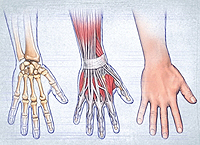 There are many ways to surgical treatment of septic necrosis of the sealing bone, but also active surgery does not lead to the desired result. Removal of the sick-haired dice like a foreign body, subhone-rapid excision in suitable cases, partial resection, notches of the cortical layer of affected bone or drilling it in many places in order to stimulate regeneration, the formation of semi-ray arthrodesis, the excavation of the serunuous bone with the cavity seal - far Not a complete list of operations used in aseptic necrosis. There are no so many complexity of these operations to be widespread of these operations, how much that in the overwhelming majority of cases are extremely heavy ankylosing osteoarthritis of the ray-taking joint and, thus, even if the patient gets rid of pain, the function of the ray-taking joint turns out to be lost.
There are many ways to surgical treatment of septic necrosis of the sealing bone, but also active surgery does not lead to the desired result. Removal of the sick-haired dice like a foreign body, subhone-rapid excision in suitable cases, partial resection, notches of the cortical layer of affected bone or drilling it in many places in order to stimulate regeneration, the formation of semi-ray arthrodesis, the excavation of the serunuous bone with the cavity seal - far Not a complete list of operations used in aseptic necrosis. There are no so many complexity of these operations to be widespread of these operations, how much that in the overwhelming majority of cases are extremely heavy ankylosing osteoarthritis of the ray-taking joint and, thus, even if the patient gets rid of pain, the function of the ray-taking joint turns out to be lost.
Based on important «Minus option» For the formation of aseptic necrosis, Persson proposed in severe cases of the disease with sharply pronounced «Minus variant» To shorten the radiation or elongation of the elbow bone in order to change the existing ratios of their joints. Persson reports that of the 19 patients operated on this method 14 received a good result.
Pessimistic assessment of the treatment of patients with aseptic non-lunutable septic necrosis is based on a sufficient number of undoubted facts. Of the 209 observed patients only 7 (3.3%) were able after a long treatment to remain on their continued work. The remaining 202 lost their qualifications and were recognized as disabled people in need of permanent employment at work that does not require any intense and significant hands in terms of the volume of movement of the hand (ray-taking joint, fingers).
Real measures for the prevention of kinbeck disease are very difficult. Brush, as you know, is «entrance gate vibration», But the number of working with vibration tools steadily increases in accordance with the needs of the national economy. Only the improvement of the vibrational devices will lead to a decrease in many consequences of vibration and including the incidence of unfinished bone necrosis. In a few degrees, prevention should also provide full mechanization and automation of many stressful work. It is very possible that professional selection will be able to play a considerable role, taking into account the characteristics of the structure of the articular sites of radiation and elbow bone, preventing a number of works, primarily associated with vibration, «minus option» White Sustav. Features of the flow of the aseptic necrosis of the semidunnel, the tendency of this disease to progression and practically irreversibility it is forced by a doctor who conducts an examination of working capacity, take into account these circumstances and not to count on the fact that treatment and temporary employment on lightweight work will help the patient to return to their profession. The amount of microtravas will have its destructive effect on the dice and several years after the start of the disease, and by the time the reparation of the sharply modified bone occurs, the deforming osteoarthritis of the ray-taking joint is formed with a significant limitation of the function of the brush. Establishing a diagnosis of septic necrosis of a semi-lobby means recognition of a patient limited to able-bodied. The need for such a decisive conclusion is primarily due to the peculiarities of the disease, and the fact that the overwhelming majority of the respective patients is representatives of difficult physical labor professions. Employment of such patients is often difficult, since it is necessary to take into account that they are contraindicated, requiring support, push or push on wrist, extension and flexia. Many patients are also forced to constantly wear a tutor or a dressing, fixing the ray-crew joint.


